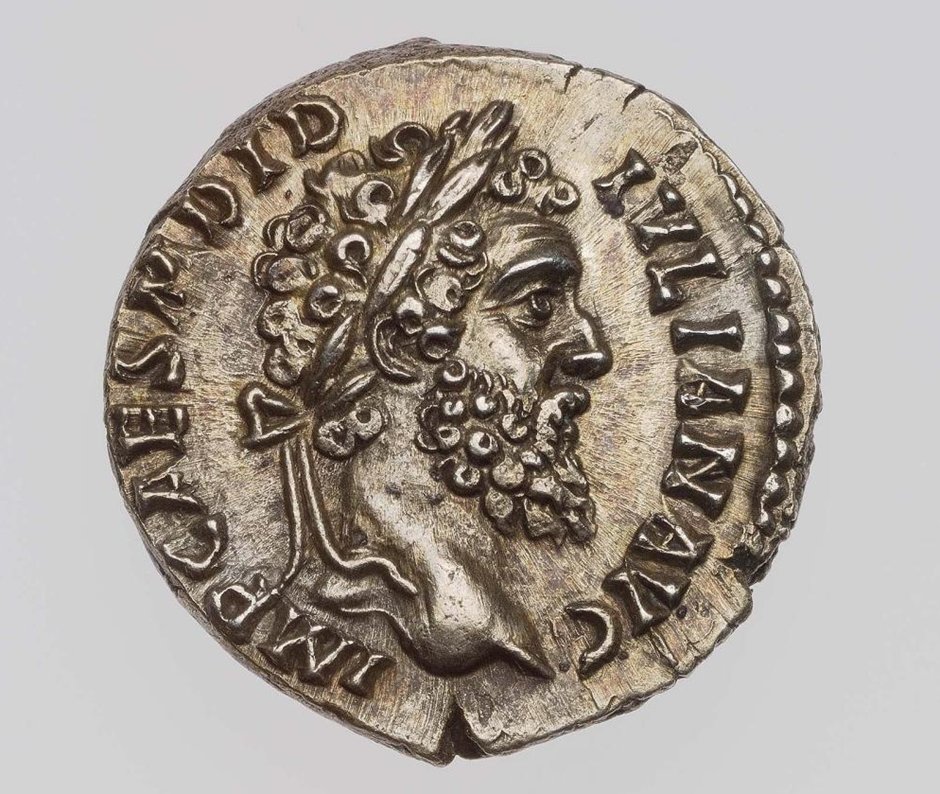#EpigraphyTuesday – The rather magnificent tombstone of Longinus Sdapeze, a member of ‘ala I Thracum’, a unit which may have played a role in the Claudian invasion of Britain AD 43. #Latin 🧵
Image: Colchester & Ipswich Museums (COLEM:1928.345). Link – cim-web.adlibhosting.com/ais6/Details/c…
Image: Colchester & Ipswich Museums (COLEM:1928.345). Link – cim-web.adlibhosting.com/ais6/Details/c…

Discovered in 1928 and showing evidence of ancient damage, including the break across the main inscription panel, the actual head of Longinus was not found until subsequent excavations in 1996.
Text:
“Longinus Sdapeze
Matyci (filius) duplicarius
ala prima Tracum pago
Sardi(ca) anno(rum) XL aeror(um) XV
heredes exs testam(ento) [f(aciendum)] c(uraverunt)
h(ic) s(itus) e(st)”
“Longinus Sdapeze
Matyci (filius) duplicarius
ala prima Tracum pago
Sardi(ca) anno(rum) XL aeror(um) XV
heredes exs testam(ento) [f(aciendum)] c(uraverunt)
h(ic) s(itus) e(st)”

Translation:
‘'Longinus Sdapeze, son of Matucus, duplicarius in the First Cavalry Regiment of Thracians, from the district of Sardica, aged 40, of 15 years’ service, lies buried here; his heirs under his will took care that this was set up.'
‘'Longinus Sdapeze, son of Matucus, duplicarius in the First Cavalry Regiment of Thracians, from the district of Sardica, aged 40, of 15 years’ service, lies buried here; his heirs under his will took care that this was set up.'
That the inscription is split in two along an ancient break led to speculation that this tombstone was broken in the Boudiccan rebellion, but the subsequent discovery of the missing head cast doubts on the theory of deliberate damage.
However, the element on the tombstone which I like the most is the ornate decoration above the central depiction of the horseman: namely, the winged Sphinx flanked by lions. 

For a brief article on Colchester and this tombstone, see:
Romey, Kristin M. “City of Victory.” Archaeology 55, no. 4 (2002): 46–49.
jstor.org/stable/41779553
#EpigraphyTuesday #Latin 🧵
Romey, Kristin M. “City of Victory.” Archaeology 55, no. 4 (2002): 46–49.
jstor.org/stable/41779553
#EpigraphyTuesday #Latin 🧵
• • •
Missing some Tweet in this thread? You can try to
force a refresh

 Read on Twitter
Read on Twitter













